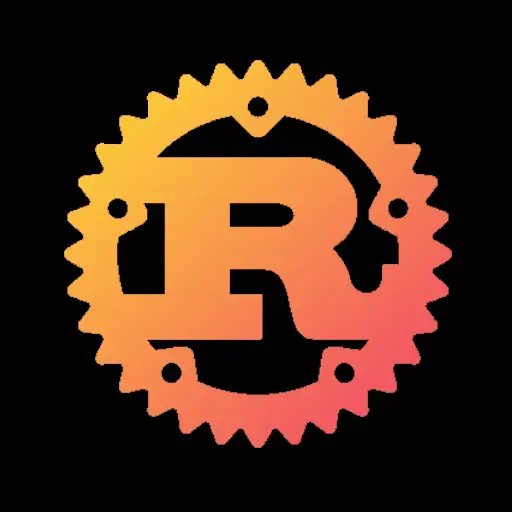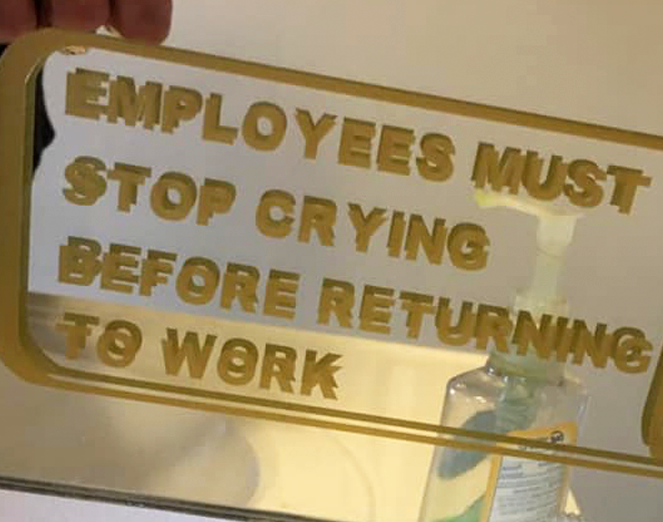

Reject C, return to assembly. Structured programming is the true oppression our generation never talks about.


Reject C, return to assembly. Structured programming is the true oppression our generation never talks about.


That’s silly. Luckily, I don’t think this was the same situation. This was at a university and they had classes with other languages. The beginner classes were split into two variants, where some students (mostly CS students) learned C, and other students (economy, etc.) learned Python. I suppose they figured it was more useful to them or something.


I was a teacher’s assistant in beginner’s programming at university for a bit. I expected them to learn C, which I knew enough of, but I got assigned to a group that learned Python instead. I had never used Python at the time. I ended up having to speed learn it while trying to teach it, to not be completely useless.


That’s definitely part of “the deal” with MIT and Apache. The other end of it is that they shouldn’t really expect to get anything more than what the authors are willing to give.


Right, there may be too many unknowns involved. 🤔


deleted by creator


Option<T> has a From<T> implementation that lets you write Option::from($file_path).map(|path| path.to_string()) to accept both cases in the same expression.
https://doc.rust-lang.org/std/option/enum.Option.html#impl-From<T>-for-Option<T>
“Search prompt engineer”


The rabbit hole goes deep if you really feel like going spelunking. A basic understanding of RGB, HSV and HSL takes you very far and lets you do a lot of things already. It’s good enough as long as it looks good, after all. 🙂
You really don’t need to read all of it to get started!


This depends a bit on what you are looking for. The library documentation is supposed to guide you to a practical starting point, but it’s still quite light on the theoretical parts. I haven’t really collected any specific beginner material, so this may still be a bit technical. There’s a ton of info about the basics, with varying levels of detail.
Assuming you are starting from almost nothing, I would recommend getting familiar with what RGB is and how its components relate. This is the format most images are encoded in and most devices and software use. The Wikipedia page is quite thorough, so no need to read all of it: https://en.wikipedia.org/wiki/RGB_color_model
Next, it’s good to know there are other models. HSV and HSL tend to be used in color pickers (a bit more intuitive than RGB), so you have probably interacted with them at some point. Again, the Wikipedia page may be a good source: https://en.wikipedia.org/wiki/HSL_and_HSV
That’s often good enough for producing colors and reading or writing images. If you want to go more into editing, it’s good to know that you will need to massage the values you get from the images. They usually don’t represent the actual light intensities, so they have to be made linear. Palette offers functions for it and represents it in the type system. This video is a slightly simplified explanation of the problem (when it mentions the square root, it’s an approximation): https://youtu.be/LKnqECcg6Gw
At some point, you will realize that neither linear nor non-linear RGB is the universal answer to good looking colors. They are used in different situations. There is another category of color models/spaces that are called “perceptually uniform”, meaning that they try to simulate or predict how we actually experience the colors and relate it to the numbers in the computer. This page shows the problem and introduces one of those models: https://bottosson.github.io/posts/colorwrong
I can probably provide more sources if you have any specific things you want to read about, but this is a start.


A “mantra” more programmers should have is to fix the cause of the issue, and not just the symptoms. You have to understand what the problem is to be able to fix it.


Ah, taking inspiration from late 1940’s literature, I see. Smart!


Simple features are often complex to make, and complex features are often way too simple to make.


That’s nice to hear! And the Ok* color spaces are indeed quite neat


ICC profiles are definitely part of the field, but that’s sort of a topic of its own. At least in terms of scope. The color space rabbit hole is so deep that I never got as far as including them. There are other crates that go into those parts and it should be easy to bridge between them and Palette.
I would say Palette is more for the “business logic” of working with colors, so converting, manipulating and analyzing. The difference from ICC profiles when converting with Palette is that you need to know more about the source and destination color spaces during compile time. ICC profiles use more runtime information.
Palette could be used for applications like image manipulation programs, 3D rendering, generative art, UI color theme generation, computer vision, and a lot more. A lot of people also use it for smaller tasks like converting HSL input to RGB output or making gradients.
A relatively cheap PC with Factorio and you are set. You won’t spend much on food either, so win-win.